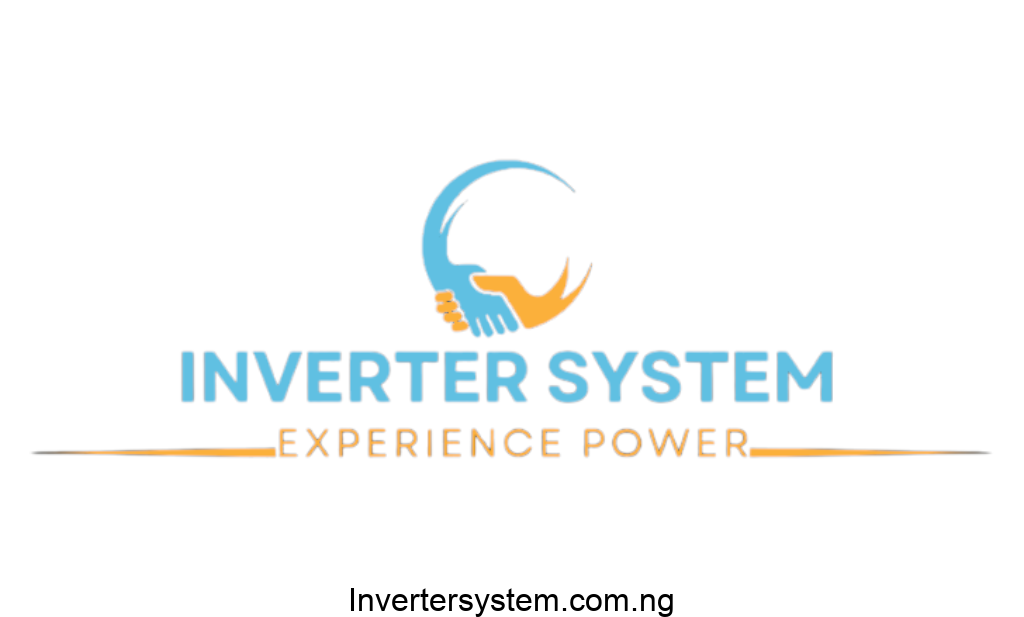Solar Inverters: How They Work and Why They’re Essential
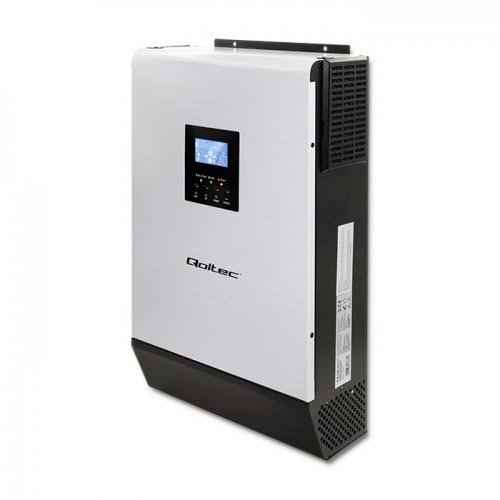
Solar inverters are vital to the success of solar energy systems, serving as the crucial component that transforms the raw power from solar panels into electricity that can be used in homes and businesses. Their role extends beyond mere conversion, encompassing efficiency management, safety, and system stability. In this comprehensive guide, we’ll explore everything you need to know about solar inverters, their functionality, the various types available, and how to choose the right one for your specific needs.
Overview of Solar Inverters
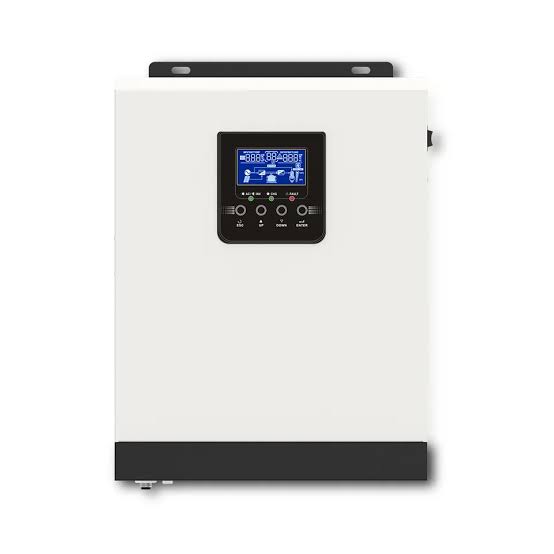
What is a Solar Inverter?
A solar inverter is the backbone of a solar power system. Its primary function is to convert the direct current (DC) electricity produced by solar panels into alternating current (AC) electricity. AC power is what most home appliances and the electrical grid require. Without this conversion, the solar energy captured would be ineffective for most practical applications. Beyond conversion, solar inverters regulate the system’s voltage, ensuring that energy production is consistent and compatible with grid standards.
Why Solar Inverters are Essential
Solar inverters do more than convert electricity; they manage the overall performance of the solar system. They monitor the solar array’s performance, detect faults, and maximize the efficiency of the electricity being converted. In grid-tied systems, inverters are responsible for syncing the solar power with the grid’s frequency and voltage, ensuring seamless energy flow. In off-grid systems, they manage energy storage and distribution, making sure that power is available even when sunlight is not. Their role in safety is also paramount, as they can shut down the system in case of faults, preventing damage to the equipment and ensuring the safety of the installation.
Types of Solar Inverters

String Inverters
String inverters are the most prevalent in residential solar installations. They work by connecting several solar panels in series, known as a “string,” and converting the combined DC power into AC. The simplicity of string inverters makes them cost-effective and relatively easy to install and maintain. However, their efficiency can be compromised if one panel in the string underperforms due to shading or orientation differences, as it will affect the performance of the entire string. Therefore, string inverters are best suited for installations where the solar panels are evenly exposed to sunlight and are uniformly oriented.
Microinverters
Microinverters offer a solution to the challenges posed by string inverters. Instead of having one inverter for the entire string, microinverters are installed on each solar panel, allowing them to operate independently. This means that shading or issues with one panel won’t impact the performance of the others, making them ideal for rooftops with complex shading or varying orientations. Microinverters also enable detailed monitoring at the panel level, providing insights into the performance of each panel. While they are more expensive upfront, the increased efficiency and flexibility can make them a worthwhile investment for many installations.
Central Inverters
Central inverters are designed for large-scale commercial or utility solar installations. They function similarly to string inverters but on a much larger scale, handling power from many solar panels or strings of panels. Central inverters are robust and capable of managing significant amounts of power, making them suitable for large solar farms or industrial applications. However, because they centralize the conversion process, any failure in the inverter can lead to significant power loss. Thus, they require careful maintenance and are typically backed up with redundancy measures to ensure continuous operation.
Hybrid Inverters
Hybrid inverters are becoming increasingly popular as they combine the functions of a standard inverter with those of a battery inverter. This allows for the integration of energy storage systems, enabling users to store excess solar power for use during nighttime or power outages. Hybrid inverters are versatile and offer a seamless transition between grid-tied and off-grid operations. They are ideal for users who want the flexibility of using their solar power independently of the grid, or those looking to ensure a reliable power supply during grid disruptions.
Inverter Technology and Functionality
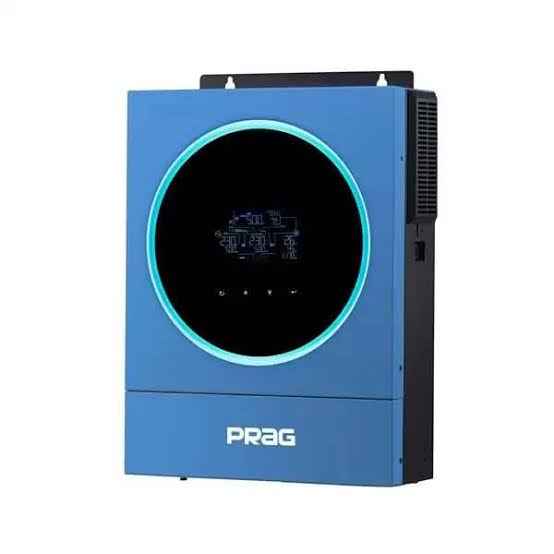
Pure Sine Wave vs. Modified Sine Wave Inverters
The quality of the electricity produced by an inverter is crucial for the safe operation of household and commercial appliances. Pure sine wave inverters produce a smooth and continuous wave that closely matches the quality of power from the grid. This makes them suitable for all types of appliances, including sensitive electronics that require consistent power. On the other hand, modified sine wave inverters generate a more abrupt waveform, which can cause issues with certain devices. Pure sine wave inverters are generally preferred for their compatibility and efficiency, especially in systems where reliability and appliance longevity are priorities.
MPPT (Maximum Power Point Tracking) Solar Inverters
Maximum Power Point Tracking (MPPT) is a technology used in modern solar inverters to maximize the efficiency of the energy conversion process. MPPT continuously monitors the voltage and current of the solar panels to ensure that they are operating at their optimal power output. This is especially important in situations where sunlight conditions vary, such as during cloudy weather or in partially shaded installations. By optimizing the power output, MPPT solar inverters can significantly increase the overall efficiency and energy yield of a solar power system.
Smart Inverters
Smart inverters represent the next generation of solar technology, equipped with advanced features that allow for more precise control and monitoring. They can communicate with the grid, providing real-time data on power production and consumption, and can even help stabilize the grid by adjusting their output during peak demand times. Smart inverters also offer enhanced diagnostic capabilities, allowing users to monitor system performance remotely and identify issues before they become serious problems. This level of control and connectivity makes smart inverters an excellent choice for both residential and commercial installations where maximizing system performance is critical.
Choosing the Right Solar Inverter

Factors to Consider
Selecting the right solar inverter involves several important considerations. The power rating of the inverter should align with the size of your solar panel array and your household’s energy consumption. It’s essential to ensure that the inverter can handle the maximum power output of your solar panels to avoid bottlenecks. Efficiency is another critical factor, as higher efficiency inverters convert more of the DC power from the panels into usable AC power, reducing losses. The durability and lifespan of the inverter should also be considered, as well as the warranty offered by the manufacturer. A good warranty can provide peace of mind and protect your investment in case of a malfunction.
Residential vs. Commercial Solar Inverters
The scale and purpose of your solar installation will greatly influence your choice of inverter. Residential solar inverters are typically designed for smaller systems and prioritize ease of use, integration with home energy management systems, and reliability. They often come with user-friendly interfaces and are easier to install and maintain. Commercial inverters, on the other hand, are built to manage much larger loads and are designed for more complex systems. They often include advanced monitoring and control features that allow for more precise management of energy production and distribution, making them suitable for large-scale solar farms or industrial applications.
Best Solar Inverter Brands
When it comes to selecting a solar inverter, brand reputation and reliability are key factors. Brands like SMA, Fronius, and Enphase have established themselves as leaders in the industry, offering products known for their durability, efficiency, and strong customer support. These brands provide a range of inverters suited for different applications, from small residential setups to large commercial installations. While these top brands may come at a higher price point, their quality and long-term reliability often justify the investment. It’s also important to consider the availability of customer support and service in your region, as this can impact the ease of maintenance and repair over the inverter’s lifespan.
Sizing Solar Inverters
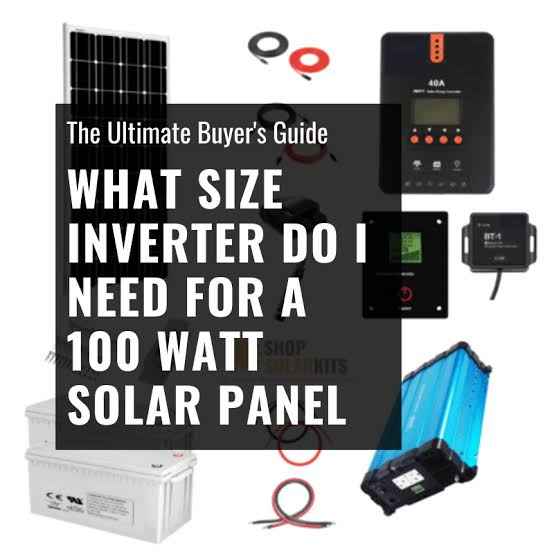
1kVA, 1.5kVA, 2.5kVA, 3.5kVA, and 5kVA Solar Inverters
The size of the inverter you choose should correspond to the size of your solar panel array and your household or business energy needs. A 1kVA inverter is typically suitable for small setups, powering a limited number of appliances or lighting. As you move up to 1.5kVA, 2.5kVA, 3.5kVA, and 5kVA inverters, the capacity increases, allowing you to support more substantial energy loads, such as larger homes or commercial installations. The inverter’s capacity must match the solar panels’ output to avoid underutilization or overload, ensuring that the system operates efficiently and safely.
Inverter Solar Panels and Battery Integration
Integrating solar panels with an inverter is crucial for the system’s overall performance. The inverter must be compatible with the specific solar panels used to maximize energy conversion efficiency. Additionally, incorporating a battery storage system with your solar inverter can significantly enhance the flexibility and reliability of your solar power system. Battery storage allows you to store excess solar energy generated during the day for use at night or during power outages, ensuring a consistent power supply. When selecting an inverter, it’s important to consider its compatibility with battery systems, especially if you plan to add storage capacity in the future.
Installation and Maintenance
Solar Inverter Installation
Proper installation is key to the efficient operation and longevity of a solar inverter. The inverter should be installed in a location that is protected from direct sunlight and moisture, as extreme conditions can affect its performance and durability. Ventilation is also important, as inverters can generate heat during operation. Ensuring adequate airflow can prevent overheating and extend the inverter’s lifespan. The installation process should be carried out by a certified professional to ensure that all connections are secure and comply with local regulations. Proper installation not only ensures safety but also optimizes the inverter’s performance and efficiency.
Regular maintenance is essential to ensure the continued efficiency and longevity of your solar inverter. This includes periodic checks for any physical damage, dust accumulation, or loose connections, all of which can hinder performance. Dust and debris can block ventilation, causing the inverter to overheat, so it’s important to keep the unit clean and ensure proper airflow. Additionally, monitoring the inverter’s performance through any built-in diagnostics or a connected monitoring system can help identify any issues early on. Regular software updates, if applicable, should be applied to maintain optimal functionality and security.
For off-grid systems or those with battery integration, maintenance also involves ensuring that the batteries are functioning properly and are not overcharged or deeply discharged, which can shorten their lifespan. Routine maintenance can often be done by the system owner, but it’s advisable to schedule professional inspections periodically to catch any issues that might not be immediately apparent.
Cost Considerations and Financial Implications
Upfront Costs
The initial cost of a solar inverter can vary widely depending on the type, capacity, brand, and features. Microinverters and hybrid inverters tend to be more expensive than string inverters due to their advanced functionalities and individual panel monitoring capabilities. While these higher upfront costs can seem daunting, it’s important to weigh them against the potential for greater efficiency and energy savings over time. Cheaper options might save money initially, but they could lead to higher maintenance costs or lower efficiency, reducing the overall return on investment.
Long-Term Savings and Payback Period
Investing in a high-quality solar inverter can significantly impact the payback period of your solar power system. More efficient inverters convert more solar energy into usable electricity, reducing reliance on grid power and lowering electricity bills. When paired with a solar battery, a well-chosen inverter can also provide savings by allowing you to store and use your solar power during peak pricing times. Calculating the potential savings over the lifespan of the inverter, typically 10-15 years or more, can help you understand the long-term financial benefits and justify the initial expenditure.
Incentives and Rebates
In many regions, incentives and rebates are available for solar installations, which can help offset the cost of the inverter and the overall system. These can include federal tax credits, state or local rebates, and utility company incentives. Some programs also offer additional benefits for installations that include battery storage or smart inverters that enhance grid stability. Researching and taking advantage of these incentives can significantly reduce your initial investment and improve the financial viability of your solar power system.
Future Trends in Solar Inverter Technology
Emerging Technologies
The solar inverter market is continuously evolving, with new technologies emerging to enhance performance, integration, and user experience. Advances such as AI-driven energy management systems are becoming more prevalent, allowing inverters to optimize power usage and distribution more intelligently. These systems can learn from usage patterns and weather conditions to predict energy needs and optimize storage, making solar power more efficient and reducing wastage. Another emerging trend is the development of inverters that can interface more seamlessly with smart home technologies, providing greater control and integration with other energy systems.
Increased Grid Interaction
As energy grids become more advanced and distributed energy resources like solar become more common, inverters are expected to play an increasingly important role in grid management. Future inverters will likely have enhanced capabilities to communicate with the grid, adjusting output in real time to help balance supply and demand. This interaction will not only improve grid stability but could also open up new revenue streams for solar system owners through mechanisms like demand response programs or peer-to-peer energy trading.
Sustainability and Eco-Friendly Manufacturing
The manufacturing and disposal of solar inverters are also becoming more eco-friendly, with a focus on reducing the environmental impact across the product lifecycle. Companies are increasingly adopting sustainable practices in their manufacturing processes, such as using recyclable materials and reducing waste. Additionally, efforts are being made to design inverters that are easier to repair and recycle, further minimizing their environmental footprint. As sustainability becomes a greater priority, these practices will likely become more widespread, contributing to the overall environmental benefits of solar energy.
Conclusion and Final Thoughts
Solar inverters are indispensable to the functioning of any solar power system, bridging the gap between the raw energy produced by solar panels and the usable electricity needed to power homes and businesses. Understanding the different types of inverters, their functionalities, and how they fit into the broader energy system is crucial for making informed decisions that maximize efficiency and return on investment. Whether you are considering a small residential setup or a large commercial installation, choosing the right solar inverter is a decision that can have long-lasting impacts on your energy future.
